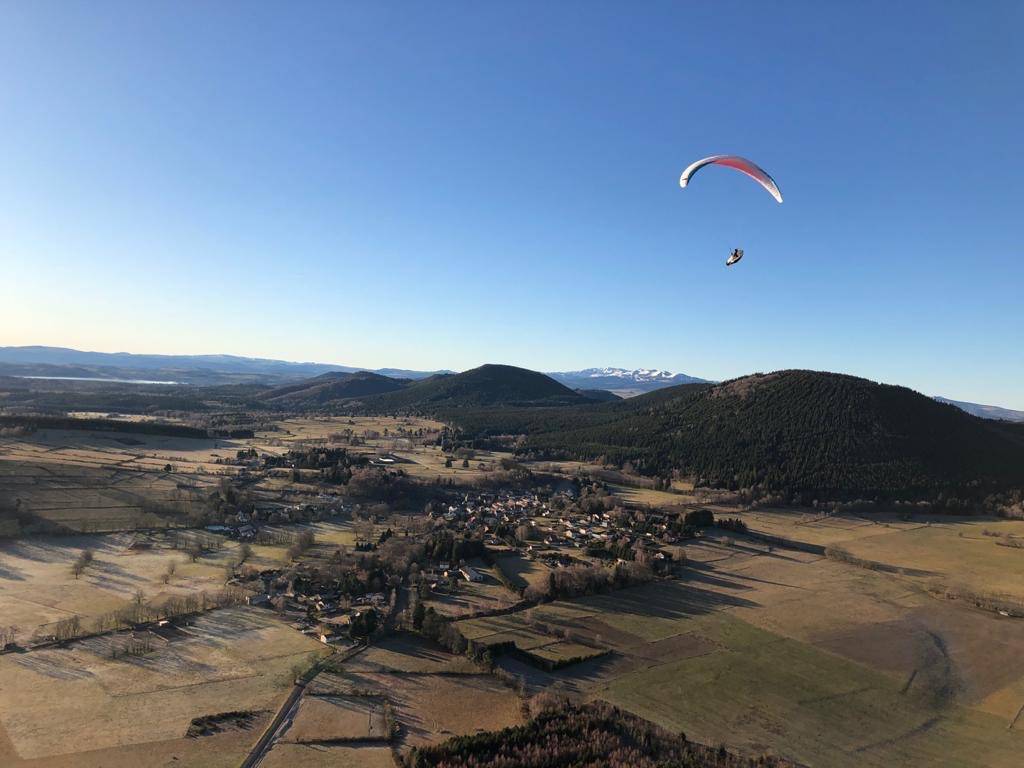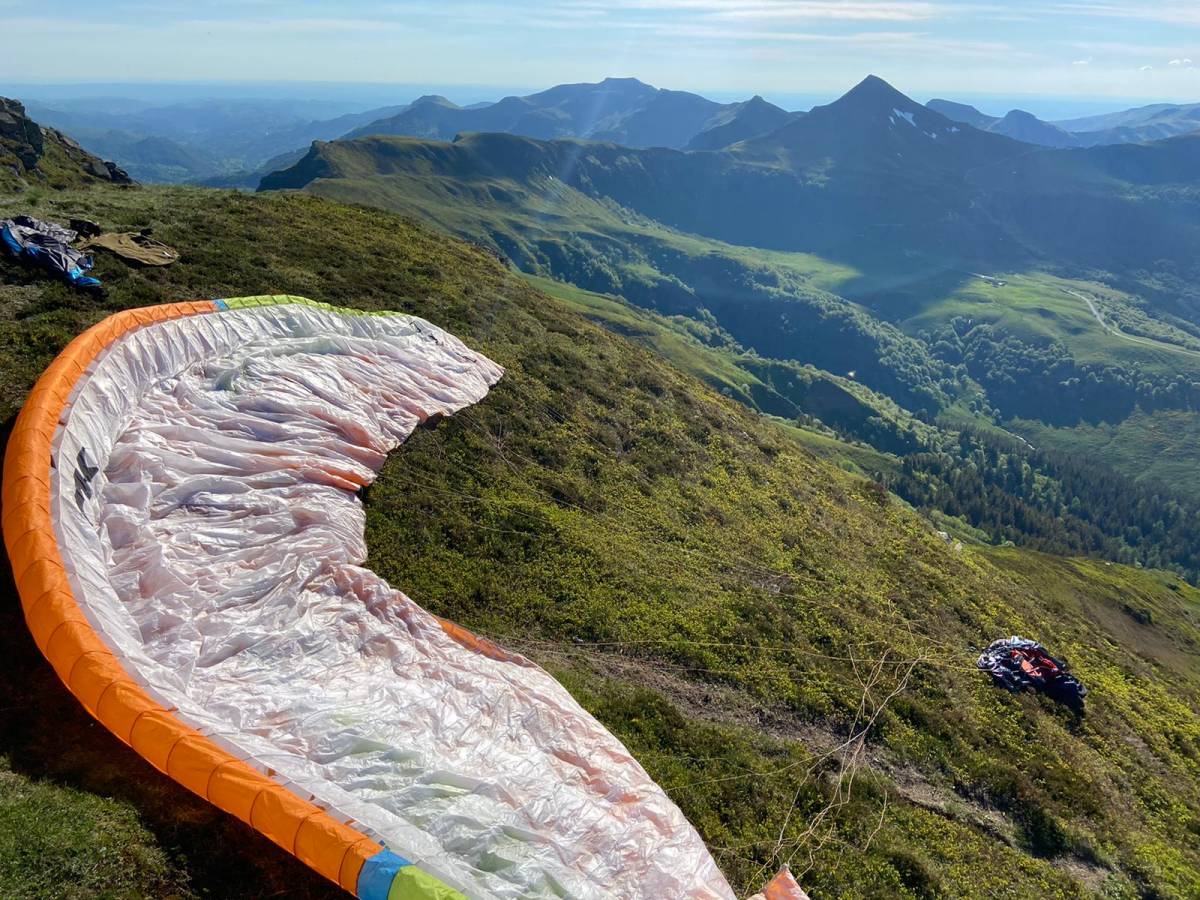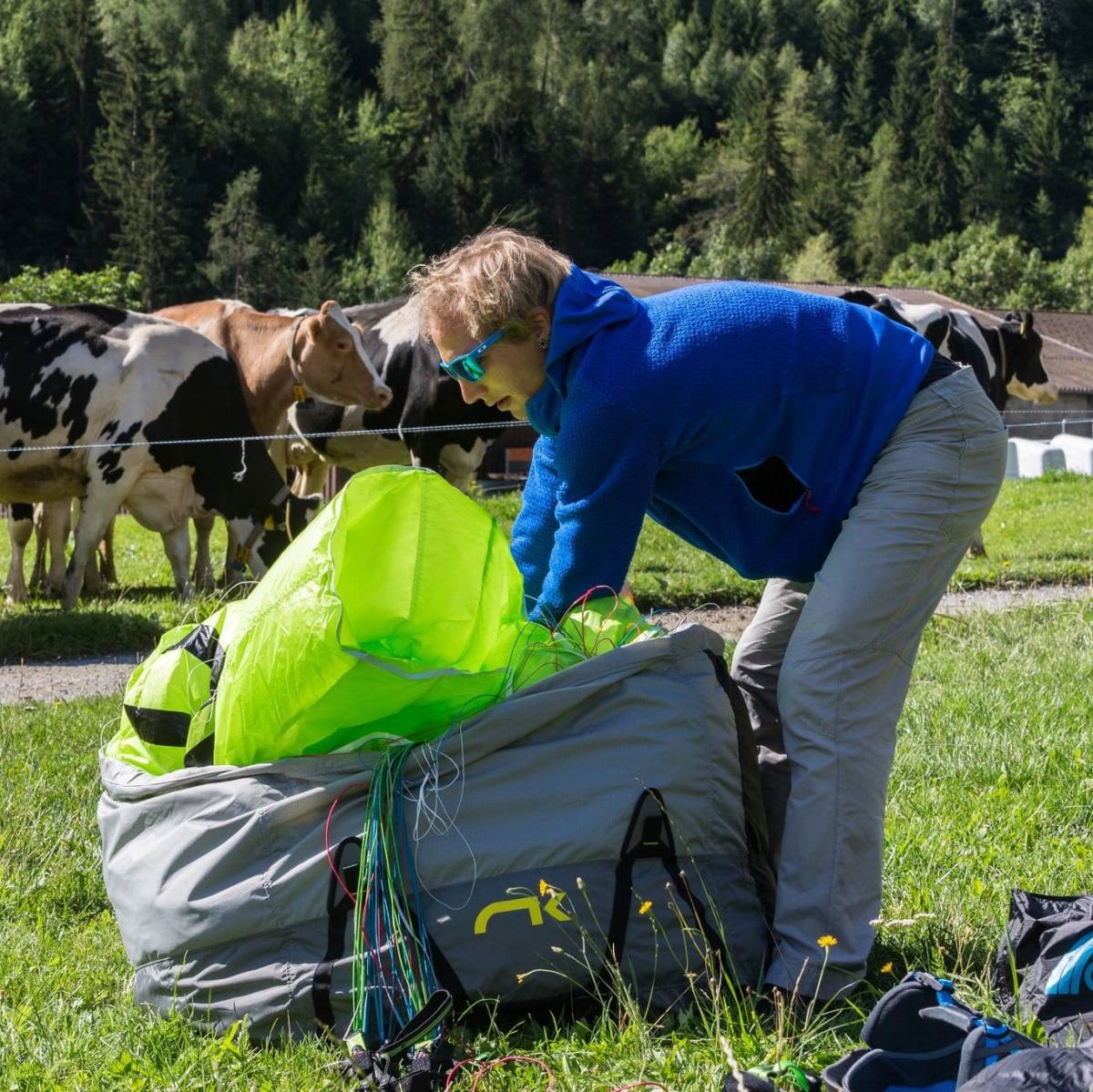
A paraglider is made almost entirely of fabric. A technical and very elaborate fabric that provides all the performance to your aircraft. It is therefore essential to pay attention to this fabric to increase the life of your paraglider and to keep its performance as long as possible.



Finally, to sum up, if you have to store your sail for a certain period of time, first make sure that no insects are present in the sail and that it is not damp.
If it is, let it dry in a clean, airy place, not too exposed to UV light and in a temperate place (so avoid the garden in the middle of summer at 30°C).
If you want to clean a stain on the sail, do not use abrasive products or solvents that could attack the fabric and make the sail porous and lose its resistance to breakage. Instead, use water and mild soap, always making sure to dry the sail afterwards.
Once dry, fold your sail properly in its bag without compressing it too much and store it in a dry and temperate place. You can leave the bag ajar to air out the interior.
Now you know all the things that can accelerate the ageing of your glider and how to store your glider properly when you are not flying.

